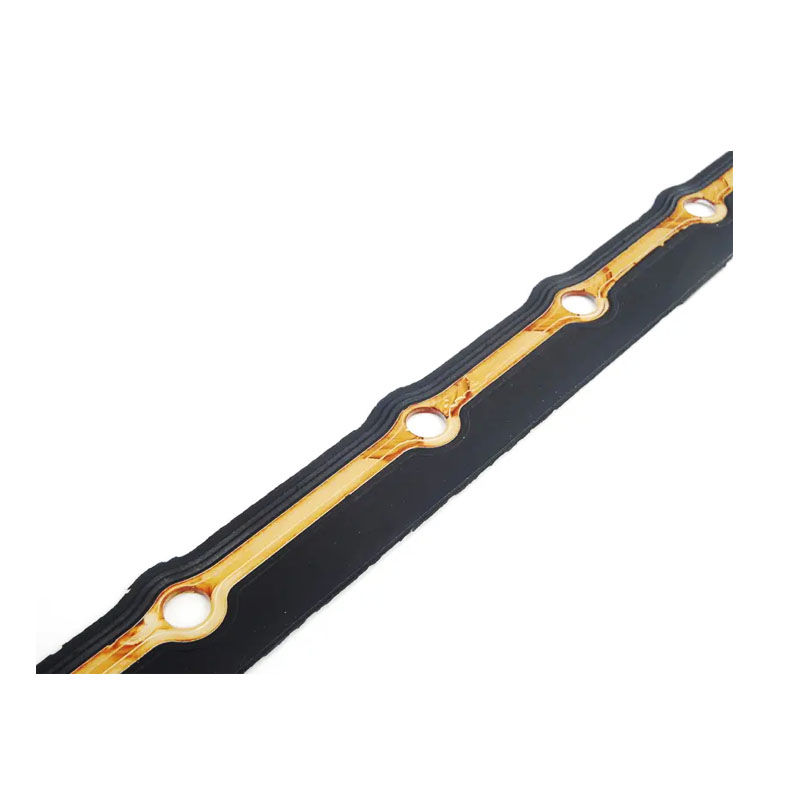M12 Crush Washers for Effective Sealing in Various Applications
Understanding Crush Washers The M12 Experience
When it comes to ensuring durable and leak-free connections in various mechanical systems, crush washers, also known as sealing washers, play a pivotal role. Among the myriad of sizes and specifications available in the market, the M12 crush washer stands out for its versatility and efficacy in automotive, plumbing, and other engineering applications.
What is a Crush Washer?
A crush washer is a type of sealing washer designed to create a tight seal by deforming under compression. Made from materials such as aluminum, copper, or rubber, these washers are specifically engineered to seal the joint between two mating surfaces, often preventing the leakage of fluids or gases. The “M” in M12 indicates that the washer is designed to fit a metric bolt with a nominal diameter of 12 mm.
Why Use M12 Crush Washers?
1. Leak Prevention The primary function of a crush washer is to prevent leakage from fastened joints. In applications where fluids are involved—especially in the automotive industry—this is critical. The M12 crush washer provides a tight seal that can withstand high pressure and varying temperatures, making it ideal for applications such as oil filters and hydraulic lines.
2. Ideal for Various Materials Crush washers can be used with different materials, which makes them highly versatile. For instance, aluminum crush washers are commonly used for oil applications due to their ability to compress and conform to the mating surfaces, hence providing an effective seal.
3. Ease of Installation Installing an M12 crush washer is generally straightforward. It is placed between the fastening component, such as a bolt or nut, and the surface it is being fastened to. As the bolt is tightened, the washer compresses, creating a seal without needing additional sealing compounds or adhesives.
The Installation Process
1. Surface Preparation Before installing an M12 crush washer, ensure that the surfaces are clean and free of debris. Any dirt or old sealant can compromise the effectiveness of the washer.
crush washer m12

2. Positioning the Washer Place the M12 crush washer onto the bolt or fitting. Ensure that it sits flat against the surface of the connection point.
3. Tightening As you tighten the bolt, the washer will compress. It is essential to apply the correct torque—over-tightening can damage the washer, while under-tightening can lead to leaks.
4. Testing for Leaks After installation, it’s prudent to check for leaks, especially in systems pressurized with fluids. If any leaks are detected, the washer may need to be replaced.
Common Applications
M12 crush washers are widely used in
- Automotive Applications These washers are common in engine and transmission assemblies, where reliable sealing is critical to prevent leaks of oil and fluids. - Plumbing Crush washers are also utilized in plumbing systems where pipes and fittings connect under pressure. - Industrial Machinery Various machinery components require crush washers to maintain seal integrity under vibration and stress.
Maintenance and Replacement
While M12 crush washers are durable, they do not last indefinitely. Signs that a washer may need to be replaced include visible wear, deformation, or leakage at the connection point. Generally, it’s a good practice to replace crush washers every time a connection is disassembled to maintain optimal sealing performance.
Conclusion
In many applications, sealing integrity is paramount, and the M12 crush washer serves as an effective solution to this challenge. By understanding its function, installation, and maintenance, engineers and DIY enthusiasts alike can ensure the reliability of their mechanical systems. Whether you are working on a vehicle, plumbing project, or industrial machines, the M12 crush washer is an essential component that deserves careful consideration. Proper selection and handling of these washers can significantly enhance the longevity and reliability of connections in critical applications.
-
Understanding the Front Main Engine Seal: Purpose, Maintenance, and Installation
News Jul.29,2025
-
Understanding O-Rings and Seal Rings: Types, Applications, and Custom Solutions
News Jul.29,2025
-
Understanding Crankshaft Oil Seals: Rear Seals, Pulley Seals, and Their Role in Engine Integrity
News Jul.29,2025
-
The Importance of Front and Rear Crankshaft Seals in Engine Performance and Oil Management
News Jul.29,2025
-
Crank Oil Seals: Functions, Types, and Cost Considerations in Engine Maintenance
News Jul.29,2025
-
A Comprehensive Guide to O-Rings and Seals: Types, Materials, and Global Applications
News Jul.29,2025
-
Mastering Diesel and Performance Engine Maintenance: A Guide to Critical Oil Gaskets
News Jul.28,2025
Products categories















